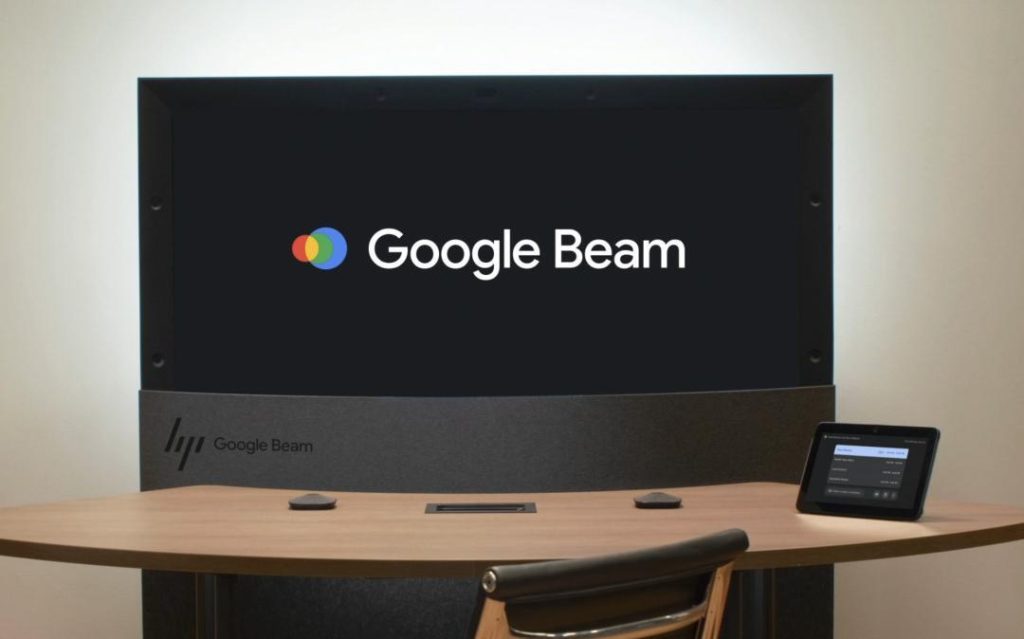
Google Launches AI-Powered 3D Video Chat Platform Google Beam
At the annual Google I/O conference on Tuesday, the tech giant made a groundbreaking announcement – the launch of its AI-powered 3D video chat platform, Google Beam. This revolutionary platform is designed to transform the way we communicate with each other, making virtual interactions more realistic and immersive than ever before.
Google Beam uses a state-of-the-art AI video model to transform 2D video streams into a realistic 3D experience. This is achieved through a six-camera array that captures the subject from different angles, which is then processed in real-time by an AI video model to create a 3D person. This technology has the potential to revolutionize the way we communicate, making it feel more natural and engaging than traditional video conferencing.
During the conference, Google’s CEO Sundar Pichai showcased the capabilities of Google Beam, demonstrating how it can be used for virtual meetings, social interactions, and even remote work. The platform’s AI-powered video model is capable of detecting and tracking the subject’s face, body language, and movements, allowing for a more lifelike and engaging experience.
One of the key features of Google Beam is its ability to create a 3D avatar of the user, which can be used for various purposes such as virtual events, online learning, and even gaming. This avatar can be customized to reflect the user’s appearance, clothing, and accessories, allowing for a more personalized and immersive experience.
Google Beam is also designed to be highly interactive, allowing users to engage with each other in a more natural way. For example, users can use hand gestures to interact with virtual objects, or use facial expressions to convey emotions. This level of interactivity has the potential to revolutionize the way we communicate, making it feel more like a face-to-face interaction.
Another significant advantage of Google Beam is its potential to reduce the need for physical travel. With the ability to create a 3D avatar, users can participate in virtual events and meetings without having to physically attend, reducing the need for travel and increasing productivity.
Google Beam is not just limited to personal use; it also has significant potential for businesses. Companies can use the platform for remote work, virtual training sessions, and even customer service. This can help reduce costs associated with travel and increase employee productivity.
In conclusion, Google’s launch of Google Beam is a significant milestone in the development of AI-powered video communication. The platform’s ability to create realistic 3D avatars and interactive experiences has the potential to revolutionize the way we communicate, making it feel more natural and engaging. As the technology continues to evolve, we can expect to see even more innovative applications of Google Beam, from virtual events to remote work and beyond.






